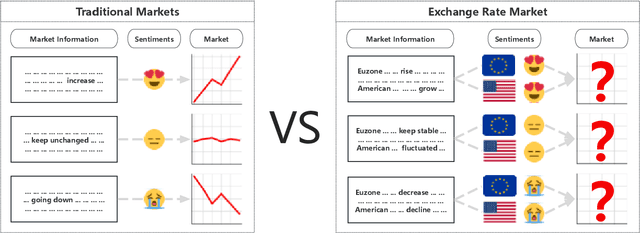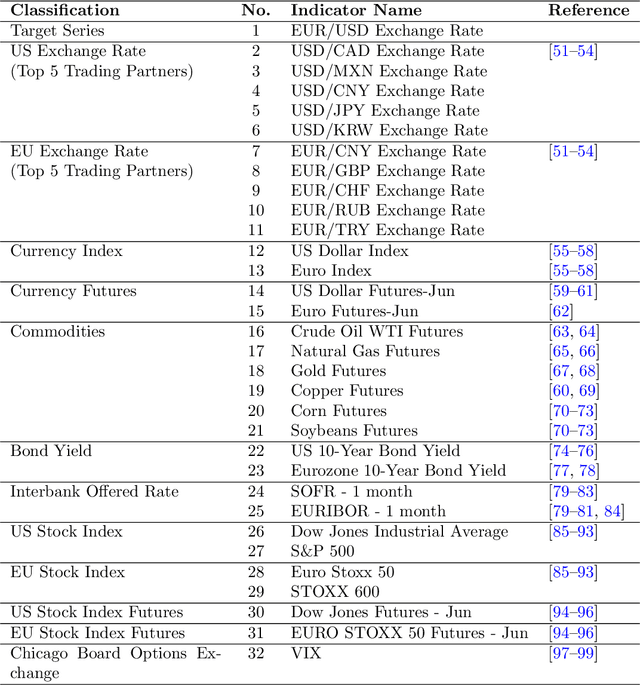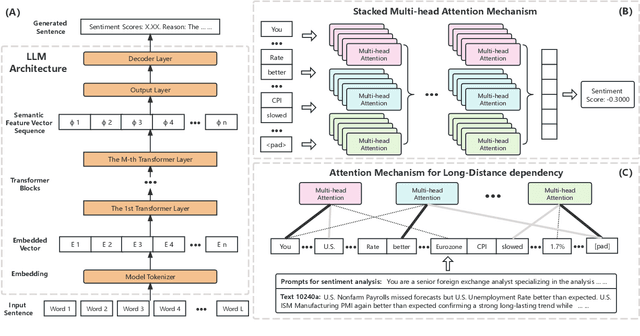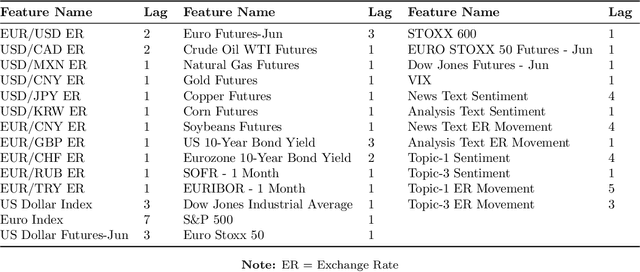EUR-USD Exchange Rate Forecasting Based on Information Fusion with Large Language Models and Deep Learning Methods
Paper and Code
Aug 23, 2024



Accurate forecasting of the EUR/USD exchange rate is crucial for investors, businesses, and policymakers. This paper proposes a novel framework, IUS, that integrates unstructured textual data from news and analysis with structured data on exchange rates and financial indicators to enhance exchange rate prediction. The IUS framework employs large language models for sentiment polarity scoring and exchange rate movement classification of texts. These textual features are combined with quantitative features and input into a Causality-Driven Feature Generator. An Optuna-optimized Bi-LSTM model is then used to forecast the EUR/USD exchange rate. Experiments demonstrate that the proposed method outperforms benchmark models, reducing MAE by 10.69% and RMSE by 9.56% compared to the best performing baseline. Results also show the benefits of data fusion, with the combination of unstructured and structured data yielding higher accuracy than structured data alone. Furthermore, feature selection using the top 12 important quantitative features combined with the textual features proves most effective. The proposed IUS framework and Optuna-Bi-LSTM model provide a powerful new approach for exchange rate forecasting through multi-source data integration.
 Add to Chrome
Add to Chrome Add to Firefox
Add to Firefox Add to Edge
Add to Edge